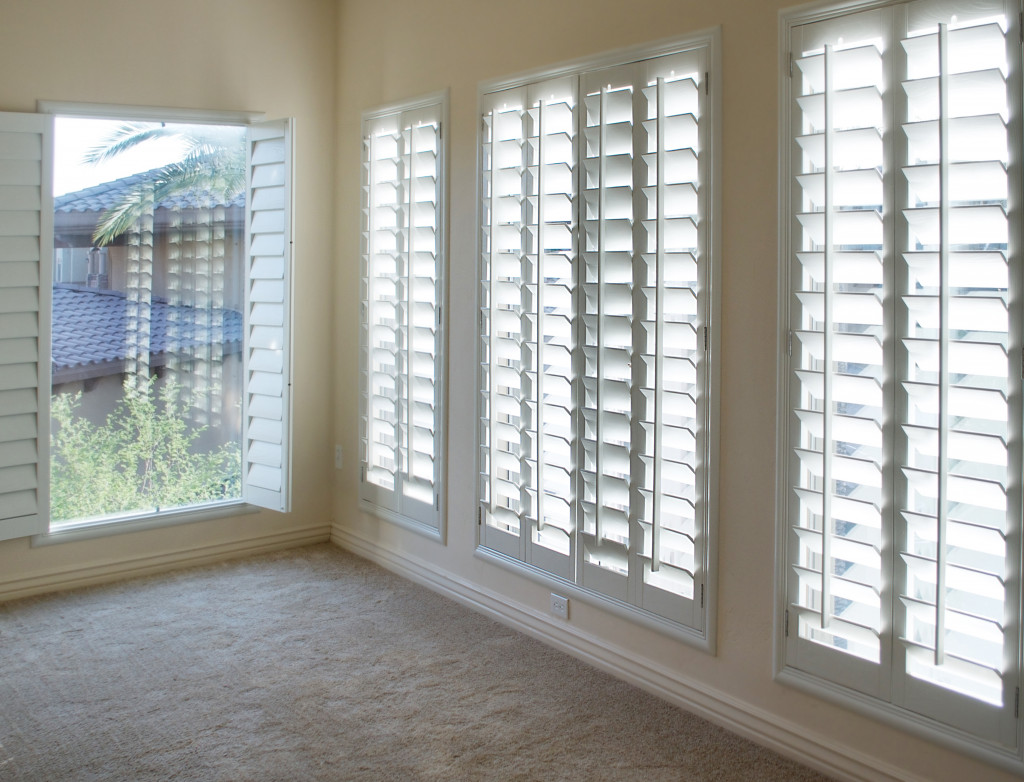This pandemic, rightfully so, has caused people to focus more on their physical health. And as good as that might seem, amid the panic, some have forgotten how important mental health is as well. If you’re an adventurous extrovert that draws energy from social interactions, then being locked up during the past couple of years’ quarantines might have drained your mental fortitude. And even those who find solace in being alone have found that too much isolation can be destructive.
But worry not, for there are still ways to improve your mental stability without risking exposure to the virus. Here are the five ways interior design can help you cope with the mental stress the pandemic brought.
STOP DELAYING DECLUTTERING
For some, the world is currently a chaotic mess. Aside from the ongoing pandemic, threats of war, the effects of global warming, and the injustices that happen daily are more than enough to warrant a breakdown. To top them all off by living in an untidy house is just cruel. Messy and cramped up places often make people feel cornered and claustrophobic. By decluttering, you can help yourself put things you can control in order and give yourself more space to think and breathe.
Personal space is very important, especially during a pandemic. If you free up space in your house by disposing of things you have no use for, stress levels would be reduced. You’d be able to move around and have physical and metaphysical space for you to breathe and process things.
Building and stabilizing order can also be achieved by decluttering. Building order and symmetry in your life usually start with your house. It reduces anxiety and increases motivation. It makes tasks like cleaning seem easy, and therefore, it can be a way to enjoy exercising instead of just doing chores, making your body healthier.
PLANT YOUR PEACE OF MIND
The presence of plants in your house primarily helps with oxygen creation. They are natural air filters that improve air quality, stabilize the humidity within your house, and increase your oxygen levels. But other than ensuring you get enough oxygen, having plants at home can also improve your mood. Having lavenders inside your room can help you sleep peacefully. The aesthetic beauty of indoor plants can give a calming effect. And some plants like aloe vera, basil, and chamomile also produce chemicals that can fight depression when ingested.
DON’T NEGLECT YOUR COMFORT
Spending money on your interests can be a good way to treat yourself. The theme of your house can revolve around a certain fandom that makes you happy. Allowing yourself to have these guilty pleasures can be a great way to invest in your mental health.
But it doesn’t end there. Spoiling yourself with things that are designed to give pleasure and comfort is also a must. Put carpets on cold floors so you can feel the fuzzy warmth of fur as you walk. Buy soft throw pillows that you can hug or punch after a long tiring day. Getting a hammock might seem overboard for some but reading till you fall asleep suspended in the air can be the most relaxing feeling you’ll ever have.
LIGHT UP YOUR LIFE

Lighting is crucial to your mood. Dark places usually emit heavier and sadder vibes. Letting as much natural light as possible can lift your spirit. Getting a skyline is ideal, but if you’re under a budget, big windows and mirrors can do the trick. Replace dark and thick blinds with translucent thin curtains. Place mirrors at spots directly receiving sunlight and let the light spread all over the room. Mirrors can also make your house appear more spacious and aesthetically pleasing.
MASTER COLOR PSYCHOLOGY
Just like lighting, colors are also known to affect the mood of people. Less saturated and brighter shades of colors have calming effects. Shades of blue are seen as soothing. Shades along the lines of yellow and orange are read as warm, and those closer to the hues of green and purple are considered cool. And even though each person has different experiences and emotional connections to different colors, there are still key general notions of these colors’ psychological effects that you can use.
These are some feelings associated with colors based on studies.
Yellow: associated with warmth, relaxation, happiness, and creativity.
Blue: associated with calmness, serenity, stability, and order.
Red: associated with power, aggression, passion, and appetite.
Orange: associated with competitiveness, innovation, comfort, and energy.
Green: associated with balance, harmony, nature, and tranquility.
Violet: associated with luxury, divinity, individuality, and comfort.
TAKEAWAY
There are multiple ways to help improve your mental health. Physical exercises and creative expression can do wonders. The way you design your house can be detrimental to your emotional stability as well. But if it doesn’t feel like it’s getting better, seeking professional help is the best course of action. Remember that you are not alone. And there are many ways to make it better.







